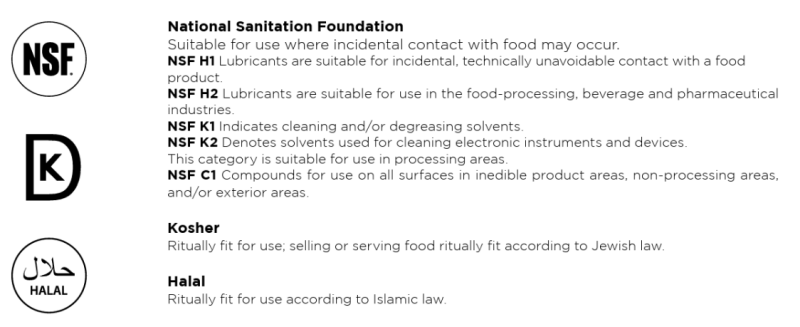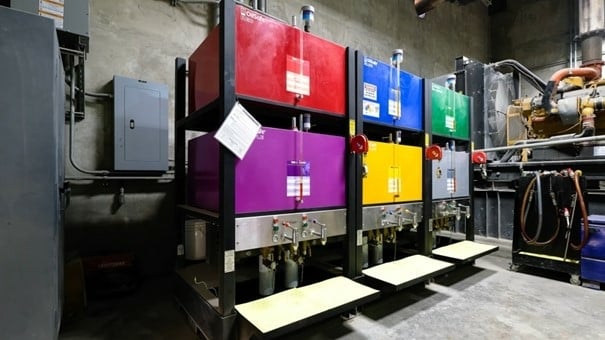
A Guide to Food-Grade Lubricants
Ensuring Safety and Efficiency
In the bustling world of food and beverage manufacturing, every detail matters. From the ingredients used in recipes to the machinery that processes them, every aspect plays a crucial role in ensuring safety and efficiency. One often overlooked but critical component is the lubricants used to keep machinery running smoothly.
Choosing the right lubricant for food processing equipment isn't just about keeping gears turning; it's about safeguarding consumer health and ensuring compliance with stringent regulations. To navigate this complex terrain, it's essential to understand the unique challenges and considerations involved in selecting and utilizing food-grade lubricants.
Key Considerations in Selection
When it comes to selecting food-grade lubricants, several key considerations come into play. First and foremost is ensuring compliance with relevant food safety regulations, such as those set by the FDA or the European Union. Lubricants labeled as "food-grade" or bearing designations like H1 or H3 are typically preferred, as they are specifically formulated to minimize the risk of contamination.
Compatibility is another crucial factor to consider. Lubricants must be compatible with the materials used in food processing equipment to prevent malfunctions and contamination risks. Whether it's plastics, metals, or seals, choosing the right lubricant ensures optimal performance and longevity.
Food-Grade certifications
By exploring Food Grade Lubricants and acquainting themselves with the regulatory bodies and standards of the lubrication industry, facility managers can gain insight into selecting suitable lubricants, establishing safety protocols, and adhering to best practices. This understanding not only facilitates cost and energy savings but also reduces contamination risks. Embracing an "all-H1" lubrication program throughout the plant ensures improved performance without compromising safety standards.

Tackling Temperature Extremes
Food processing environments often experience extreme temperatures, from scorching heat to freezing cold. Food-grade lubricants must be able to withstand these conditions without compromising performance. Synthetic lubricants are often preferred for their thermal stability and resistance to oxidation, making them ideal for high-temperature applications. Conversely, low-temperature formulations are necessary for extreme cold, preventing viscosity changes and ensuring lubricant flow.
Optimising Lubrication for Efficiency
In high-speed machinery like conveyors and mixers, lubrication plays a crucial role in ensuring smooth operation and minimizing wear and tear. Synthetic food-grade lubricants and specialized greases are designed to reduce friction and heat generation, keeping equipment running efficiently. Automatic lubrication systems further enhance efficiency by ensuring precise application and minimizing the risk of over- or under-lubrication.
Best Practices in Storage and Handling
Proper storage and handling are paramount to maintaining the integrity of food-grade lubricants and preventing contamination. Lubricants should be stored separately from non-food-grade products, with strict temperature control to preserve efficacy. Adherence to first-in, first-out principles helps maximize shelf life and ensure optimal performance.

Conclusion: Prioritising Safety and Quality
In the fast-paced world of food and beverage manufacturing, selecting the right food-grade lubricant is essential for safeguarding both machinery and consumer well-being. By understanding the key considerations and best practices involved in choosing and utilising food-grade lubricants, manufacturers can ensure safety, efficiency, and compliance with regulatory standards.
Source: An Interview with Jet-Lube's Technical Manager, Steve Ingram
